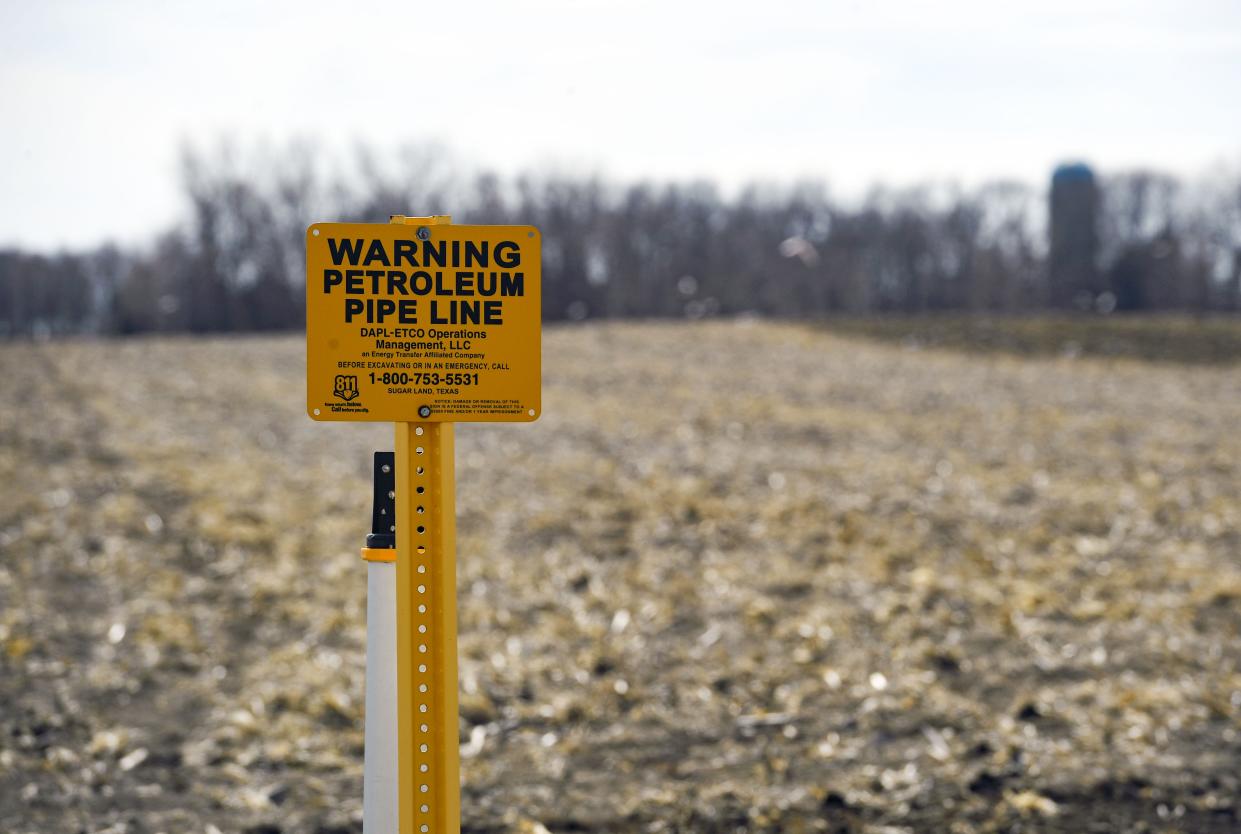200,000 comments submitted on Dakota Access Pipeline environmental review

The U.S. Army Corps of Engineers received 200,000 comments on the Dakota Access Pipeline, with 30,000 that were unique and substantive, an official said Wednesday.
Assistant Secretary of the Army for Civil Works Michael Connor responded to questions from U.S. Sen. Kevin Cramer, R-N.D., related to the environmental impact statement of the pipeline.
Connor said the Corps is on track to issue a final environmental impact statement this fall with a record of decision expected 30 to 60 days after that. The draft environmental impact statement was released last fall, with a public comment period that concluded in December.
“I understand the frustration with how long it’s taken. It’s an example, though, of when we try and take shortcuts, and we do an environmental assessment as opposed to an EIS,” Connor said during the hearing, adding that shortcuts can lead to litigation and further delays.
The Dakota Access Pipeline has been operating since June 2017, carrying crude oil from North Dakota to a transportation hub in Illinois on a route through South Dakota. In 2020, a judge revoked the easement for the pipeline crossing under the Missouri River north of the Standing Rock Sioux reservation, requiring additional study but allowing the pipeline to continue operating.
“That’s why we’re trying to think this through, do it right, respond, do correct tribal consultation, integrate their concerns and our responses into the process, and get this product done so that it can stand the test of time,” Connor said.
Standing Rock Sioux Chairwoman Janet Alkire and Cheyenne River Chairman Ryman LeBeau of the Cheyenne River Sioux in South Dakota were among tribal leaders who participated in meetings with the Corps in Bismarck in November. The tribal chairs said the pipeline is operating illegally without an easement and should be shut down.
Meanwhile, North Dakota leaders argue the pipeline has been operating safely for six years. North Dakota officials say shutting down the pipeline would shift additional oil transportation to rail and lead to a loss in oil revenue for the state.
This article originally appeared on Sioux Falls Argus Leader: 200K comments submitted on Dakota Access Pipeline environmental review

